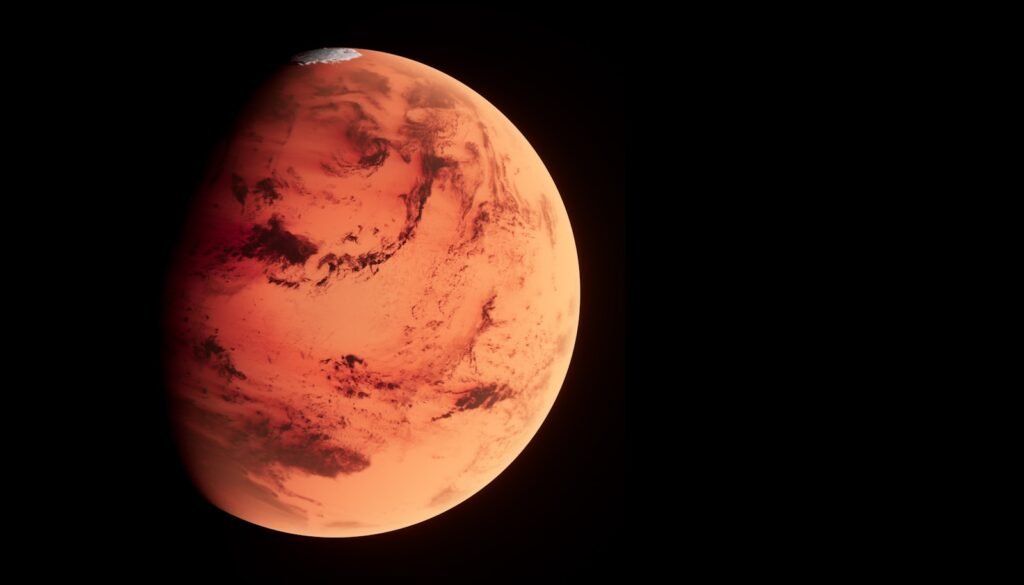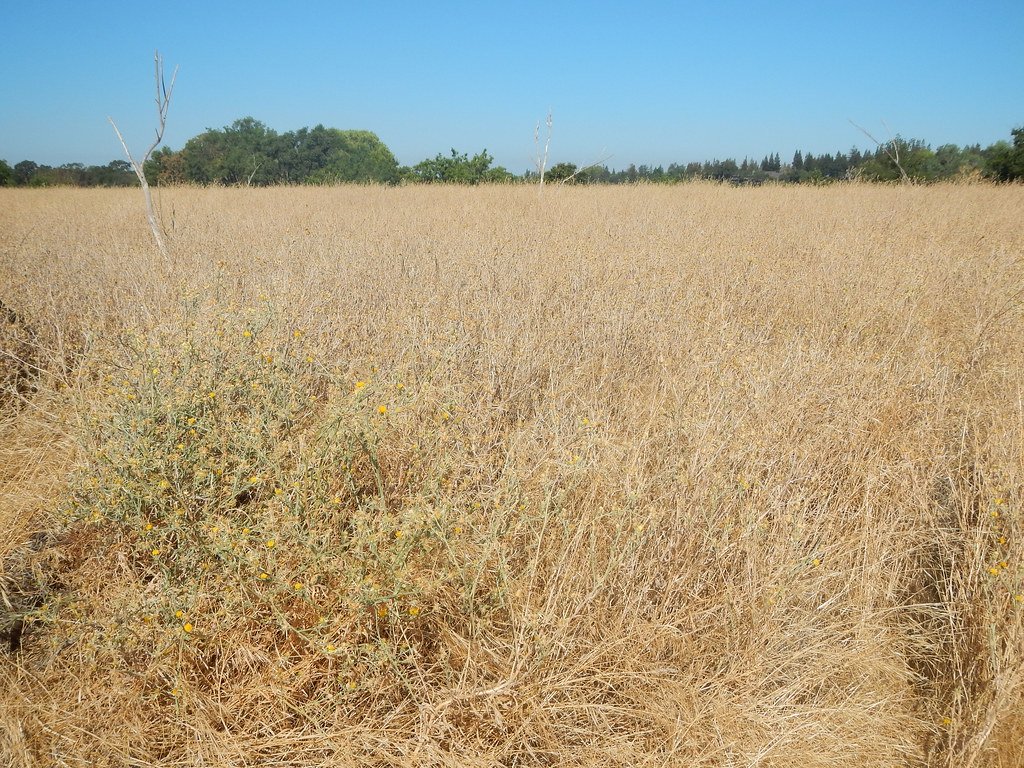Geology rarely gives us second chances, yet Mars is a kind of time capsule parked next door. While plate tectonics, oceans, and life have reworked much of Earth’s earliest story, the Red Planet kept its ancient chapters pressed flat and legible. That’s why robots roll over Martian lakebeds and orbiters scan polar layers like librarians mapping a lost archive. The mystery is straightforward and thrilling: how did two young, watery worlds diverge so dramatically? And the solution – reading Mars to decode Earth – feels both audacious and strangely practical, like using a faded photograph to reconstruct a family’s history.
The Hidden Clues

What if the best way to see Earth’s adolescence is to look at a colder, drier sibling that never fully grew up? Mars preserves river deltas, shorelines, and volcanic provinces with a clarity our restless planet rarely offers. Sedimentary rocks in places like Jezero crater hold grains cemented when water pooled there, creating pages of layered time that haven’t been folded by mountain building. Orbital radar peels back surface dust to reveal buried ice, while rovers sniff out organics and trace minerals that speak the language of past water.
I still remember brushing chalky dust off my boots after a desert field trip and thinking how forgiving Earth can be; Mars offers no such mercy, which makes its clues honest and sharp. When you add seismic whispers from past missions to the chemical diaries in drilled cores, the mosaic starts to look like a prequel to our own world’s story.
From Ancient Tools to Modern Science

Planetary exploration used to be a sprinting flyby, a photograph snapped from a moving car; now it’s a patient excavation. Orbiters map minerals and ice from hundreds of miles up, flagging places worth a closer look. On the ground, rovers act like careful field geologists – scoping out outcrops, abrading surfaces, then drilling and caching samples for labs back on Earth to interrogate. Instruments tuned to sniff gases, scan ultraviolet fluorescence, and laser-zap rocks give us a portable geochemistry kit.
Add weather stations and wind sensors, and you’ve got real-time context for how dust, humidity, and temperature sculpt the landscape today. It’s a one-two punch: global reconnaissance from orbit, surgical sampling on the surface.
Lakebeds, Deltas, and the Ghost of Water

Ancient water is the headline, but the footnotes are where the drama lives. Deltas with fine laminations whisper of steady inflow, while cross‑bedded sands hint at shifting currents and storms. Minerals like clays and carbonates aren’t just rock types; they’re timestamps for water chemistry – alkaline here, mildly acidic there – each environment favoring certain reactions and preserving different organics. Some organics found so far look like the tough, weathered scraps you’d expect after ages of radiation and dryness, not smoking guns but stubborn survivors.
That matters for Earth, because it tells us how fragile biosignatures can be and which minerals act like vaults. If we learn which settings on Mars hid organics best, we sharpen our aim for ancient habitats on our own planet’s earliest rocks.
What Mars Rocks Teach Us About Time

For geologists, time is a tool, and Mars hands us a cleaner ruler. Volcanic plains can be dated by crater counting, then tied to rock chemistry gathered on the ground, anchoring a shared timeline between orbit and rover. Layered sediments stack seasonal rhythms and longer climate cycles, somewhat like tree rings writ in dust and silt. Even wind-carved yardangs trace how long materials have stood exposed, giving a clock for erosion in ultra‑dry conditions.
Compare those clocks to Earth’s fast-moving cycles and you start to see how aridity, thin air, and cold temperatures slow or speed geologic change. It’s like calibrating two metronomes and discovering why one counts the beat of deep time more evenly.
Thin Air, Big Lessons: Atmospheres Under Stress

Earth’s thick air and global magnetic shield spoil us; Mars shows the other path. With a weaker field and a smaller body, Mars let its atmosphere bleed away to space over eons, leaving a chill world where liquid water can barely survive on the surface. Spacecraft have traced how solar particles strip the upper atmosphere, and how dust storms can pump extra energy into that process. Those measurements become a cautionary tale for Earth and a decoder ring for ancient climates here.
If you want to understand how sensitive atmospheres are to solar moods, volcanic burps, or shifts in planetary tilt, Mars is a controlled experiment running in plain sight. The big idea is simple: learn the failure modes of a planet’s climate system to better protect our own.
Global Perspectives: A Planetary Mirror

Zooming out, Mars lets us test the patterns that shape all rocky worlds. Polar ice layers record cycles in planetary tilt, offering a dusty mirror to Earth’s long‑term climate rhythms. Basaltic crust dominates both planets, yet Mars froze its crustal story while Earth kept remixing it through plate tectonics, giving us a before-and-after snapshot of planetary evolution. Even the distribution of salts, sulfates, and perchlorates helps compare how oxidation and dryness sculpt chemistry over deep time.
The absence of a global ocean on modern Mars sharpens our sense of what oceans do for climate stability and nutrient cycling here. By lining up these parallels and contrasts, we turn one world’s limitations into another’s insights.
Why It Matters

This isn’t just space trivia; it’s a set of tools we can bring home. Using Mars as a benchmark, researchers refine climate models that must capture dust, aerosols, and radiative feedbacks across a huge range of conditions. Lessons from rover drilling strategies inform how we hunt for delicate biosignatures in Earth’s oldest rocks, where heat and pressure have blurred the script. Atmospheric escape studies improve our understanding of habitability around other stars, helping us judge which exoplanets might keep their air. Even hazard forecasting benefits, since Martian dust dynamics feed into better physics of storms and particulates here.
Compared with traditional Earth‑only approaches, the Mars‑plus‑Earth method widens the lab, tests the edge cases, and trims our blind spots.
The Future Landscape

The next leaps are less about planting flags and more about bringing pieces of Mars into Earth’s best laboratories. Sample return concepts aim to ferry curated cores across space, unlocking isotopic and molecular details beyond any rover’s reach. New orbiters with sharper radar could map buried ice at resolutions that matter for both science and future explorers, while drilling systems target deeper, better‑shielded layers where biosignatures might persist.
Onboard labs are getting smarter too, compressing capabilities once housed in room‑sized instruments into shoebox packages. Partnerships are widening, with international teams coordinating orbital coverage, relay networks, and landing site selection to knit a more complete picture. The payoff is global: better climate foresight, smarter resource use, and a sturdier framework for judging planetary health.
Conclusion

If this story speaks to you, there are simple ways to join the work. Follow mission data and image releases and share them with classrooms, clubs, or your local library to seed curiosity where it flourishes fastest. Contribute to citizen‑science projects that classify dunes, dust fans, and polar features, turning spare minutes into real discoveries. Speak up for sustained, international investment in planetary missions that prioritize open data and cross‑disciplinary science. And if you’re in a position to mentor, help the next wave of geologists, coders, and instrument builders find their footing; they’re the ones who’ll read the next pages of the Martian archive and, in doing so, better protect our own.

Suhail Ahmed is a passionate digital professional and nature enthusiast with over 8 years of experience in content strategy, SEO, web development, and digital operations. Alongside his freelance journey, Suhail actively contributes to nature and wildlife platforms like Discover Wildlife, where he channels his curiosity for the planet into engaging, educational storytelling.
With a strong background in managing digital ecosystems — from ecommerce stores and WordPress websites to social media and automation — Suhail merges technical precision with creative insight. His content reflects a rare balance: SEO-friendly yet deeply human, data-informed yet emotionally resonant.
Driven by a love for discovery and storytelling, Suhail believes in using digital platforms to amplify causes that matter — especially those protecting Earth’s biodiversity and inspiring sustainable living. Whether he’s managing online projects or crafting wildlife content, his goal remains the same: to inform, inspire, and leave a positive digital footprint.




